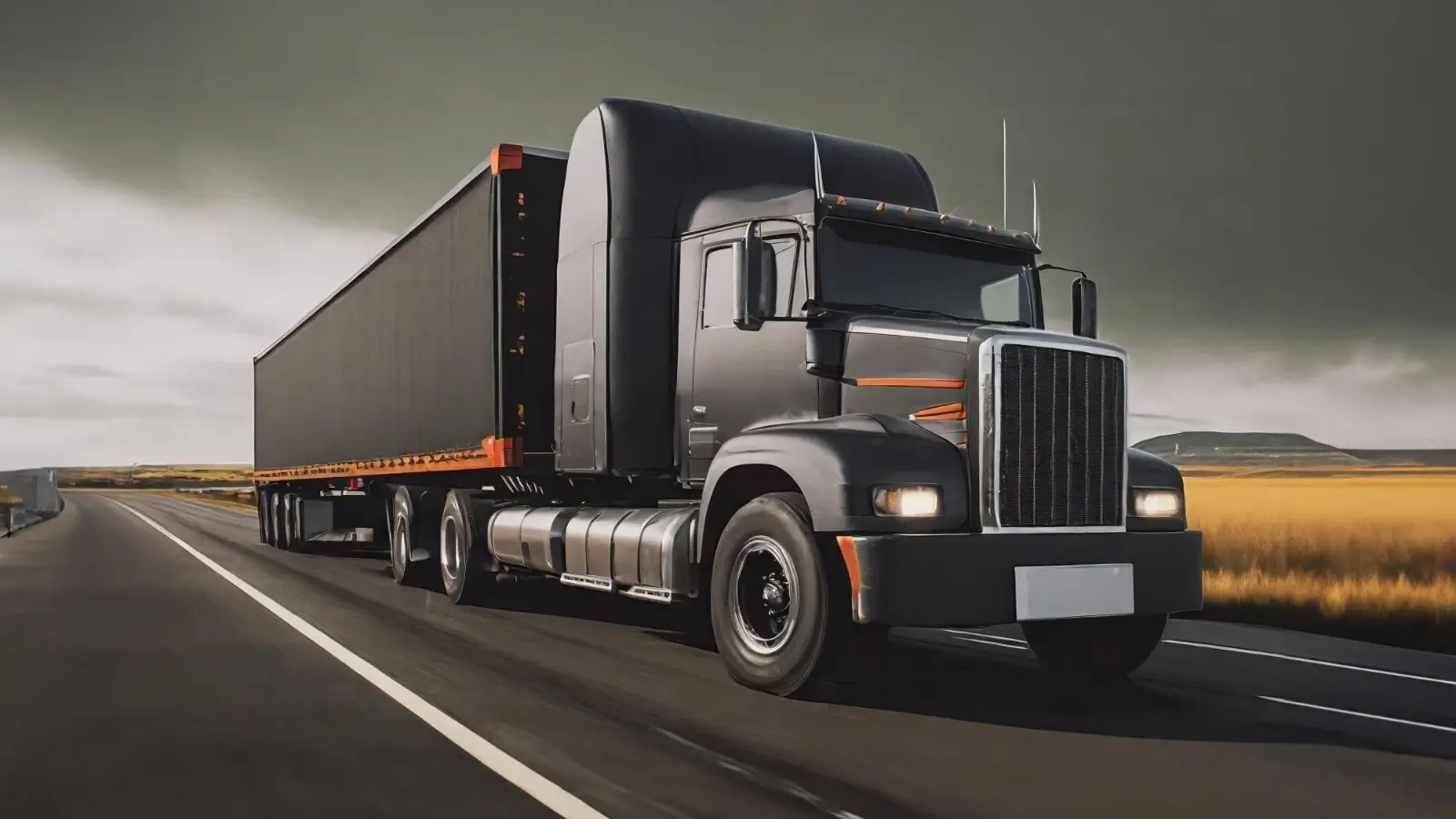


Are you running a small trucking business and wondering if you need a CDL to operate legally? For many business owners, understanding the rules around commercial driving licenses can be confusing.
The good news is that there are many opportunities to run a trucking operation without needing a CDL. However, even non-CDL drivers must follow certain rules to stay compliant and avoid fines.
In this blog post, we'll walk you through the key non-CDL regulations, help you stay on the right track, and show you how to run your business safely and legally. Keep on reading!
A non-CDL truck is any commercial vehicle that does not require a commercial driver's license to operate. Typically, these trucks weigh less than 26,001 pounds.
Many small box trucks, cargo vans, and pickup trucks with trailers fall into this category. These vehicles are perfect for hot shot delivery, moving services, and small freight transport. However, just because a CDL isn't required doesn't mean there are no rules.
The GVWR determines whether or not a CDL is needed. If your truck or truck-and-trailer combination stays under 26,001 pounds, you're in non-CDL territory.
Always check the GVWR on the manufacturer's label located inside the driver's door. Exceeding this limit can mean big fines and safety risks. Make sure your drivers understand the weight limits and stick to them.
Even without a CDL, many small trucking businesses still need a DOT number. If your vehicle crosses state lines or transports goods commercially, you must register with the Federal Motor Carrier Safety Administration (FMCSA).
This number helps track your safety records and ensures you're meeting compliance rules. Getting a DOT number is simple but essential. Don't skip this step- it can cost you later.
You may be surprised to learn that non-CDL drivers often must follow Hours of Service (HOS) regulations. These rules limit how many hours a driver can be on the road to prevent fatigue.
Most non-CDL businesses must use a paper log or an electronic logging device (ELD) to record hours. Violating these rules can lead to hefty penalties. Keep records organized and up to date.
Keeping up with evolving transportation laws and federal guidelines is essential for any small trucking operation. Many entrepreneurs rely on trusted media sources to stay informed on policy changes that could affect licensing and operational requirements. For example, PJMedia often covers governmental policy shifts, economic news, and regulatory updates that can provide broader context for understanding how new rules may impact small business logistics and trucking compliance.
Just like CDL trucks, non-CDL vehicles must be properly insured. You'll need commercial auto insurance that covers both property damage and bodily injury.
The FMCSA may also require additional liability coverage depending on what you transport. Skimping on insurance is risky and illegal in many states. Protect your drivers, vehicles, and business with the right policy.
Regular inspections are a must, even for non-CDL trucks. Drivers should check tires, brakes, lights, and fluid levels before every trip. Documenting maintenance helps prove your business is following safety rules.
The FMCSA can perform roadside inspections at any time. Staying on top of maintenance prevents breakdowns and legal trouble. Also, if you're curious about how to start a non-CDL hot shot business, it's important to understand these regulations from the start so you can build a strong, compliant foundation for your operations.
A good way to keep costs low and grow quickly is to run a small trucking business without a CDL. To keep your business running smoothly and avoid fines, you still need to follow certain rules.
To be successful in the long run, you should learn about GVWR, DOT numbers, HOS rules, and insurance needs. To stay ahead, stay safe, and follow the rules.
Did you like this guide? Great! Please browse our website for more!